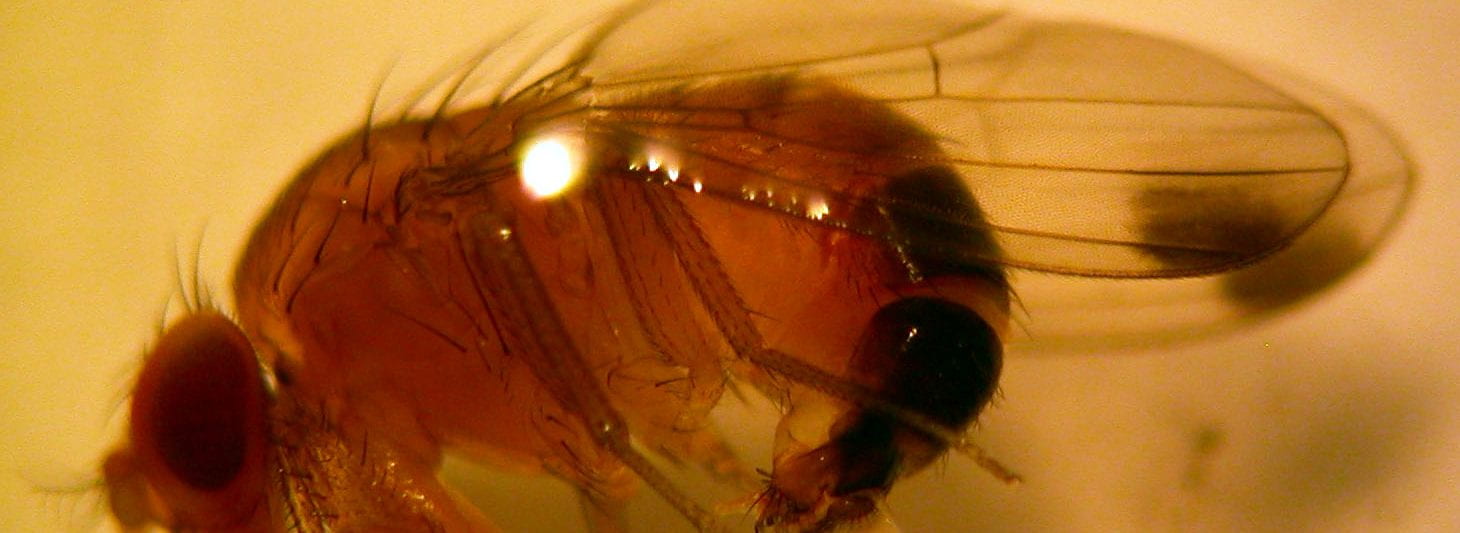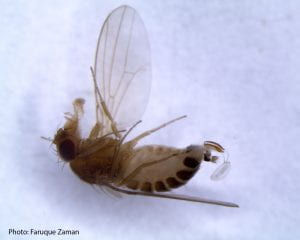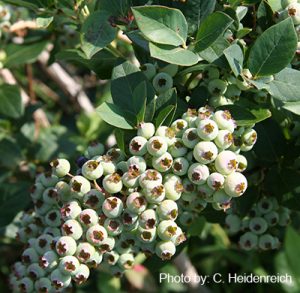Not quite everywhere, but all of the Eastern NY network is now at first or sustained catch and all but four counties in the Lake Ontario, Central, Finger Lakes, and Southern Tier regions are at first catch. That’s seven counties reporting first catch, most from traps checked on June 22!
- Cayuga County had 2 males and 2 females in a raspberry field. Checked June 18.
- Chemung County had 3 males and 2 females in a blueberry planting. Checked June 22.
- Columbia County had 2 males and 3 females in a tart cherry orchard. Checked June 22.
- Orleans County had 1 female in a raspberry field. Checked June 22.
- Tioga County had 5 males and 3 females in a blueberry field. Checked June 22.
- Washington County had 1 male and 2 females I a blueberry field. Checked June 22.
- Wayne County had 2 females in a raspberry planting. Checked June 22.

Fruit across the region is ripening – blueberries, cherries, possibly even raspberries. Other summer fruits like haskaps and June berries are susceptible to SWD. June strawberries could be at risk. Day neutral strawberries will be at risk. Peaches and plums? – pick them before they are deliciously tree ripe and soft.
And now, I’m going to repeat myself.
Pest management for SWD includes:
- Mowing – to reduce humidity and niches for SWD harborage and to increase sun penetration.
- Weed management – to reduce humidity, alternate fruiting hosts and harborage and to increase sun penetration.
- Pruning – to reduce humidity and to increase sun and spray penetration.
- Monitoring – to know if SWD is present when fruit is ripening.
- Sanitation – to reduce reproduction harborage and overall SWD population.
- Cold storage – to slow or kill any eggs and larvae in harvested fruit.
- Insecticide treatment – Insecticide Quick Guides for NY State:
- For berry crops www.hort.cornell.edu/fruit/pdfs/swd/berry-insecticides.pdf
- For stone fruit and grapes www.hort.cornell.edu/fruit/pdfs/swd/treefruit-grape-insecticides.pdf

Those who choose not to spray will have to take every measure possible to prevent population build up. Exclusion netting should be the plan for these growers going forward, because without exclusion netting and without insecticide protection it’s impossible to bring sufficient fruit to harvest in years like 2020 when SWD populations build up early and crop development is delayed.
Learn more about exclusion netting, Thinking Exclusion?, blogs.cornell.edu/swd1/2020/03/27/thinking-exclusion/
Clean picking and treating with insecticide to “reset the field” is a management tactic used in large-scale commercial blackberry production in North Carolina. You may want to consider that tactic in your raspberry and blackberry plantings, if SWD has gotten ahead of you. It will only work in such fruit crops that continue to flower and set fruit.
Use salt flotation to routinely sample your fields. Read, Guidelines for Checking Fruit for SWD Larvae in the Field.
Renovate June strawberry fields promptly, blogs.cornell.edu/swd1/2018/06/27/renovate-strawberry-plantings-promptly/
SWD Management, fruit.cornell.edu/spottedwing/management/ on Cornell Fruit Resources.
SWD Management in Blueberry
Read this blog, Managing SWD in blueberries at blogs.cornell.edu/swd1/2019/08/02/managing-swd-in-blueberries/ .
Spotted Wing Drosophila IPM in Blueberries from the NE IPM Center SWD Working Group, neipmc.org/go/swdpub2
SWD Management in Raspberry and Blackberry
Read this blog, Managing SWD in raspberries and blackberries at blogs.cornell.edu/swd1/2019/07/17/managing-swd-in-raspberries-blackberries/
Spotted Wing Drosophila IPM in Raspberries and Blackberries from the NE IPM Center SWD Working Group, neipmc.org/go/swdpub1
Learn more about SWD. Knowledge is power! Check out the information on Cornell Fruit Resources Spotted Wing Drosophila, fruit.cornell.edu/spottedwing/.
Thanks go out to
- Grace Marshall, CCE NYS IPM, who is monitoring the sites in Cayuga and Wayne Counties;
- Liz Alexander, CCE Chemung County, who is monitoring the sites in Chemung County (she’s a first year CCE educator. Go, Liz!);
- Natasha Field, CCE ENYCHP, who is monitoring the Columbia County site;
- Janet van Zoeren, CCE Lake Ontario Fruit Program, who is monitoring the Orleans County site;
- Barb Neal, CCE Tioga County, who is monitoring the Tioga County site; and
- Laura McDermott, CCE ENYCHP, who is monitoring the Washington County site.










